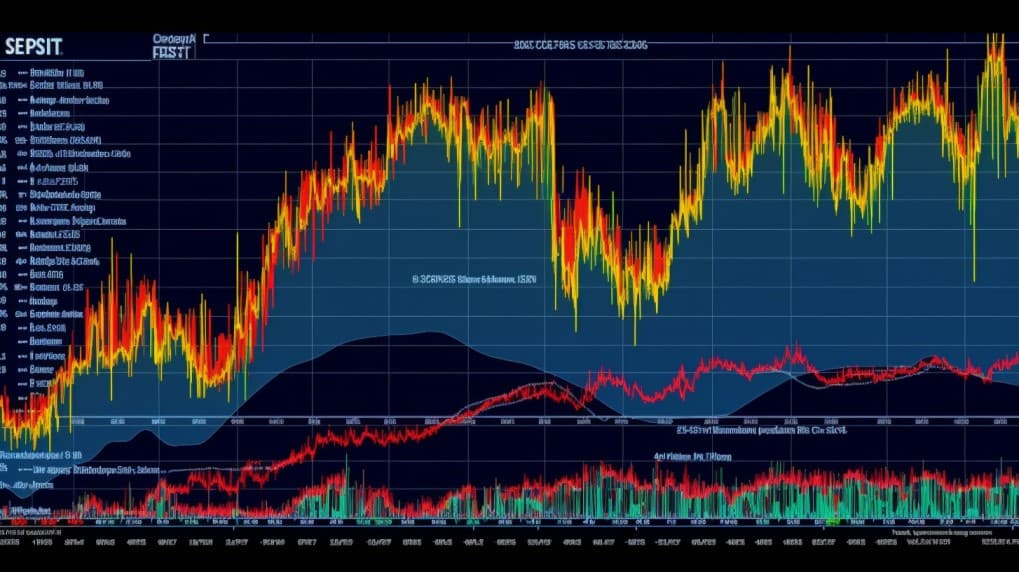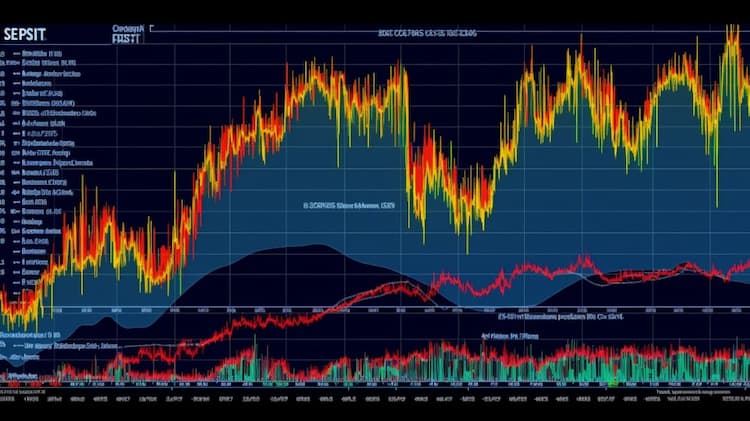
VNQ VS FREL
Exchange-Traded Funds (ETFs) have transformed the landscape of modern investing by providing diversified exposure across various sectors and asset classes. In this article, we'll embark on a comprehensive comparison between two prominent Real Estate ETFs: VNQ (Vanguard Real Estate ETF) and FREL (Fidelity MSCI Real Estate ETF). We'll delve into essential aspects such as ETF tickers, full names, issuers, sectors, top holdings, capitalization, strategy, tracking, and exposure.
VNQ Vs FREL: Overview
VNQ and FREL are two Real Estate ETFs that offer distinct approaches to investing in the real estate sector. While VNQ aims to track the performance of the MSCI US Investable Market Real Estate 25/50 Index, FREL seeks to replicate the performance of the MSCI USA IMI Real Estate Index. Understanding the nuances of their focus can help investors make informed decisions about their real estate investment strategies.
VNQ Vs FREL: Sectors and Top Holdings
VNQ predominantly invests in real estate investment trusts (REITs) that own and operate a diverse range of properties. Some of its top holdings include well-known REITs like American Tower Corporation, Prologis Inc., and Crown Castle International Corp. On the other hand, FREL's top holdings encompass REITs with similar business models, such as Simon Property Group, Public Storage, and Equinix Inc. Analyzing the sectors and top holdings aids investors in selecting the ETF that aligns with their investment goals and preferences.
 VNQ overlap VNQ VS FREL
VNQ overlap VNQ VS FREL
VNQ Vs FREL: Capitalization and Strategy
The capitalization and strategy of VNQ and FREL differ based on their underlying indices. VNQ boasts a substantial asset under management (AUM) due to its popularity among investors seeking exposure to the real estate market. FREL's strategy involves capturing the performance of a broader spectrum of real estate companies, providing investors with a diversified approach. The variation in capitalization and strategy underscores the importance of evaluating risk and potential returns before making an investment choice.
VNQ Vs FREL: Tracking and Exposure
VNQ and FREL employ distinct methods to achieve their tracking and exposure goals. VNQ tracks the MSCI US Investable Market Real Estate 25/50 Index by investing in a representative sample of REITs within the index. FREL, on the other hand, mirrors the performance of the MSCI USA IMI Real Estate Index, which encompasses a broader set of real estate-related companies. Understanding the tracking and exposure mechanisms empowers investors to align their portfolios with their desired level of real estate sector exposure.
Conclusion
VNQ and FREL offer investors valuable opportunities to tap into the real estate market through ETFs with unique focuses. For those seeking deeper insights into holdings, correlations, overlaps, and other crucial details, ETF Insider emerges as an indispensable tool. This user-friendly app equips investors with comprehensive insights into various financial instruments, enabling them to make informed decisions about their investment strategies.
Disclaimer: This article does not provide any investment advisory services.
Sources:
Vanguard Real Estate ETF (VNQ) Overview. Vanguard. https://investor.vanguard.com/etf/profile/VNQ
Fidelity MSCI Real Estate ETF (FREL) Overview. Fidelity. https://www.fidelity.com/etfs/fidelity-etf/frel
VNQ quote and analysis
Discover the top holdings, correlations, and overlaps of ETFs using our visualization tool.
Our app allows you to build and track your portfolio.
To learn more about the VNQ Vanguard Real Estate ETF, access our dedicated page now.
FAQ
Why is VNQ better than FREL?
VNQ may be considered better than FREL for some investors due to its specific focus, offering diversification.
Does FREL beat VNQ?
FREL's performance relative to VNQ will vary over time, depending on market conditions.
Should I invest in VNQ or FREL?
The choice between VNQ and FREL should align with your investment goals, risk tolerance, and desired exposure.
Are VNQ and FREL good investments?
Both VNQ and FREL can be suitable investments depending on individual investment strategies, goals, and risk profiles.
What is the correlation between VNQ and FREL?
The correlation between VNQ and FREL can vary over time, reflecting differences in performance.

























